India Hit by U.S. 50% Tariffs, Counters With Diplomatic and Economic Diversification Strategy
Input
Changed
Exports Seen Dropping Up to 30% by September
Preemptive Policies Activated to Cushion the Blow
Expanding External Partnerships as a Check on Washington
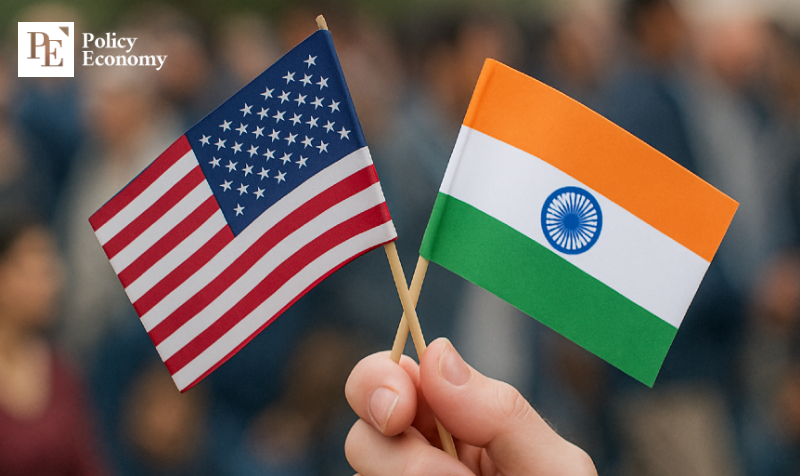
India’s manufacturing sector has taken a direct hit after the United States announced punitive tariffs of 50 percent on Indian goods, with fears that exports could fall by as much as 30 percent. While leaving room for negotiations, New Delhi has stood firm on its refusal to make concessions in agriculture and signaled displeasure by putting purchases of U.S. weapons on hold. At the same time, it has moved to restore long-frozen ties with China and secured major investment pledges from Japan, accelerating a diversification drive. The result is that U.S. pressure has triggered a sweeping reconfiguration of India’s foreign strategy, spurring stronger alignment with emerging economies and deeper exchanges in technology and human capital.
Talks Deadlocked With No Concessions
According to the Engineering Export Promotion Council of India (EEPC) on August 26, many U.S. buyers have already suspended new orders, and Indian exports to the American market could shrink by as much as 30 percent starting in September. EEPC Chairman Pankaj Chadha said there was “no realistic hope of an immediate easing or delay” in U.S. tariffs, warning that Indian exporters faced “inevitable and severe losses.”
Washington had already imposed a 26 percent retaliatory tariff on Indian products in April, and the two sides held five rounds of talks. But clashes over U.S. demands for lower duties on agricultural imports and India’s continued purchases of Russian oil stalled progress. Ultimately, President Donald Trump sharply criticized India’s oil trade with Moscow and announced that starting August 27, all Indian products would face a combined 50 percent levy—made up of a 25 percent reciprocal tariff, lowered slightly from 26 percent, plus an additional 25 percent punitive duty.
India’s diplomatic response remains cautious but resolute. Speaking at the New Delhi Economic Forum, Foreign Minister Subrahmanyam Jaishankar stressed that “talks with the United States are ongoing and relations are not broken,” but drew a clear line, saying “there are red lines in these negotiations.” His message was that Washington’s demand for agricultural market access was off-limits. Commerce and Industry Minister Piyush Goyal echoed optimism about “open-minded and constructive engagement,” though most observers believe a breakthrough remains unlikely in the near term.
Shielding Domestic Industry While Adjusting to Supply Chain Pressures
Even as it continues talks, New Delhi has begun retaliatory steps. Chief among them was the suspension of weapons procurement from the U.S. India had been expected to confirm a $3.6 billion deal this year during Defense Minister Rajnath Singh’s scheduled visit to Washington to purchase six Boeing P-8 anti-submarine aircraft and support equipment. The deal has now been scrapped, along with negotiations covering Stryker armored vehicles and Javelin anti-tank missiles. The move underscores how tariff disputes are spilling over into the broader defense and security relationship.
Domestically, India has unveiled tax adjustments to ease pressure on its industries. On August 19, the government suspended the 11 percent duty on imported cotton until the end of September, responding to long-standing complaints from textile producers that the levy eroded their competitiveness. With U.S. tariffs set at 50 percent, clothing and textile exporters are bracing for even steeper cost burdens, making the exemption a vital buffer. For Indian manufacturers, such relief is seen as a last line of defense against escalating trade costs.
In parallel, New Delhi has overhauled its Goods and Services Tax (GST) regime for the first time in eight years, cutting rates in a bid to stimulate domestic consumption and spur corporate investment. The intent is to soften the blow from U.S. tariffs by boosting demand at home. Yet skepticism remains widespread. Analysts note that Indian manufacturing already suffers from chronic labor shortages and production bottlenecks, limiting the extent to which tax relief can offset external dependence. With the conflict with Washington likely to drag on, experts argue India must pursue more fundamental policy shifts to balance industrial protection with diplomatic leverage.
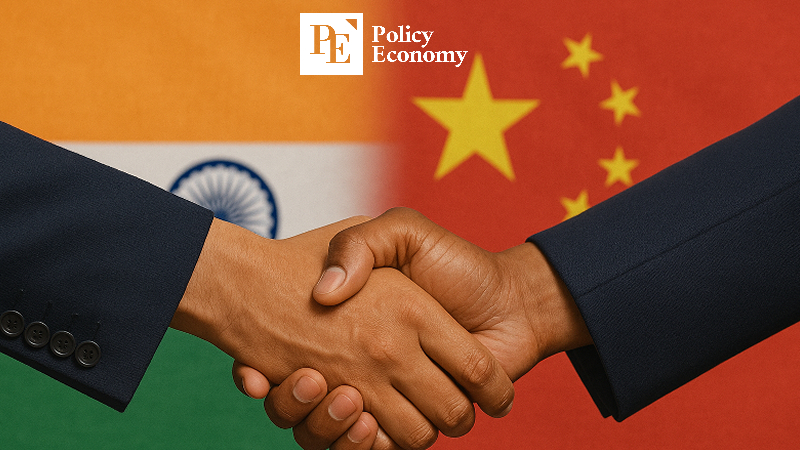
Accelerating Shift From U.S. Dependence to Trade Diversification
India’s foreign strategy is now undergoing a sweeping recalibration. The first sign came in its rapprochement with China. Relations that had chilled since the mid-2010s showed signs of thaw when Chinese Foreign Minister Wang Yi visited New Delhi and met with Prime Minister Narendra Modi. India, which recorded a $107 billion trade deficit with China in 2023, indicated a willingness to normalize ties in order to strengthen cooperation within BRICS. The pivot illustrates how tensions with Washington are nudging India toward deeper alignment with Beijing and other emerging economies.
This shift has also raised BRICS’ profile. While President Trump denounced BRICS as an “anti-American bloc,” the grouping has only grown more cohesive. CNN described it as “the Global South’s answer to the G7,” while the Geopolitical Economy Report noted that “Trump’s tariff policies have pushed India closer to China.” Analysts say Washington’s attempt to contain India has inadvertently strengthened BRICS unity.
Japan’s evolving role is another notable development. Ahead of a bilateral summit on August 29, Prime Minister Shigeru Ishiba is set to pledge $68 billion in investment in India over the next decade. The funds will target advanced sectors such as artificial intelligence and semiconductors. Tokyo also plans to double the number of skilled professionals it dispatches to India while expanding cooperation in startups, nursing, and energy. Such an infusion of capital and talent underscores New Delhi’s intent to cushion economic shocks and reinforce its diplomatic autonomy by building partnerships with a broader set of allies.

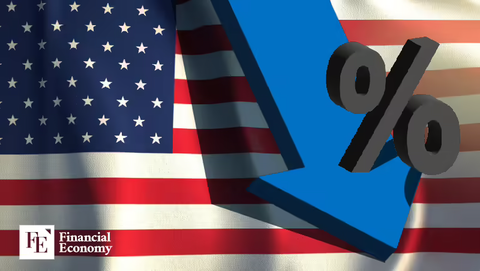




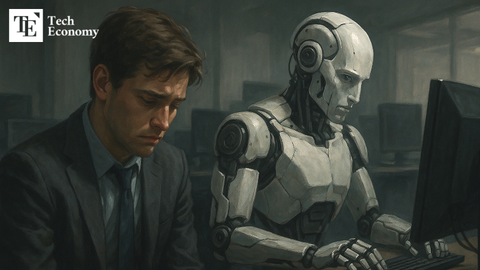
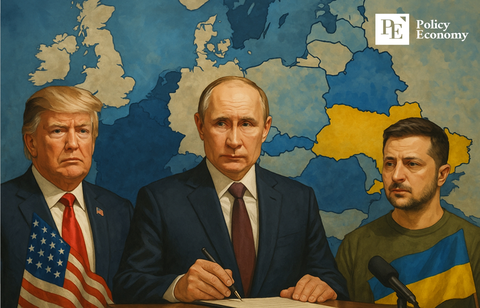
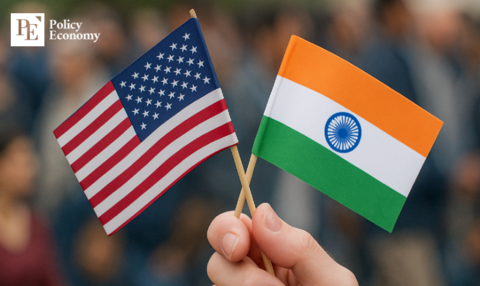













Comment